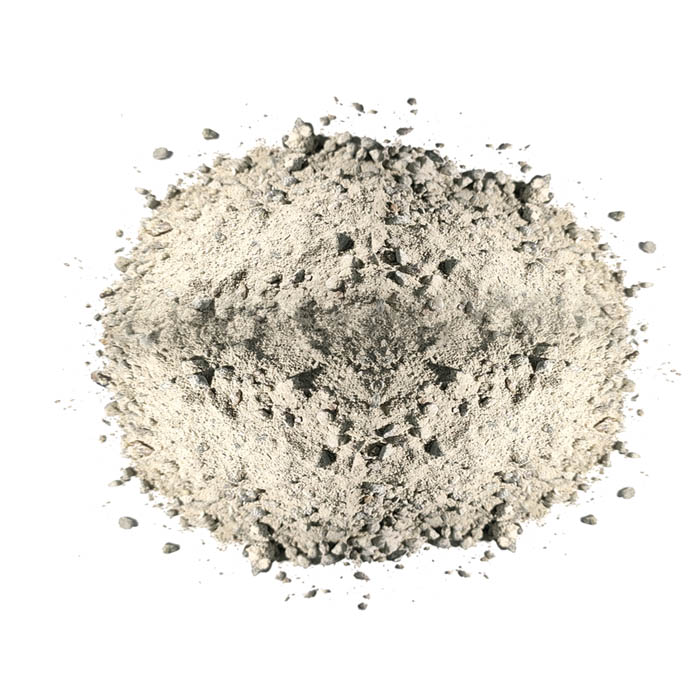Sep . 28, 2024 03:17 Back to list
Leading Manufacturer of High-Quality Mild Steel Wire Rods for Diverse Applications
The Landscape of Mild Steel Wire Rod Manufacturing
Mild steel wire rods are integral to various industries, serving as a foundational material in construction, automotive, and manufacturing sectors. These rods are predominantly produced from low-carbon steel, characterized by its malleability, ductility, and resistance to wear. As the demand for durable, high-quality materials escalates, the role of mild steel wire rod manufacturers becomes increasingly pivotal. This article delves into the manufacturing process, applications, and recent advancements in this industry.
Understanding Mild Steel Wire Rods
Mild steel, also known as low-carbon steel, contains approximately 0.05% to 0.25% carbon content. This low carbon composition gives mild steel its renowned properties, including excellent weldability and formability. Wire rods, typically produced in diameters ranging from 5.5 mm to 16 mm, are drawn from billets and commonly wound into coils or straightened and cut lengths for downstream processes.
The Manufacturing Process
The manufacturing of mild steel wire rods involves several key steps
1. Steelmaking The process begins with the production of steel, typically undertaken in an electric arc furnace (EAF) or a basic oxygen furnace (BOF). High-quality scrap steel and iron ore are the primary raw materials. The chosen method impacts the end product's quality and composition.
2. Continuous Casting After steel is produced, it is cast into billets using a continuous casting process. This method allows for the direct transformation of molten steel into semi-finished products, which are then cooled and solidified.
3. Hot Rolling Once solidified, the billets are heated and passed through a series of rolls to form wire rods. Hot rolling is a critical step, as it not only shapes the material but also enhances its mechanical properties through the refinement of the microstructure.
4. Cooling and Coiling After rolling, the rods are cooled—often in a controlled environment—to achieve the desired mechanical properties. Subsequently, the wire rods are coiled for easier handling and transportation.
5. Quality Control Rigorous quality control measures are implemented throughout the manufacturing process. Testing for tensile strength, elongation, and surface quality ensures that the final product meets industry standards and customer specifications.
Applications of Mild Steel Wire Rods
mild steel wire rod manufacturer

Mild steel wire rods find extensive applications across multiple industries
- Construction These rods are used for reinforcing concrete in buildings, bridges, and other infrastructures. Their strength and ductility make them an ideal choice for structural components.
- Automotive In the automotive industry, mild steel wire rods are used to manufacture components such as springs, wire harnesses, and various structural parts, contributing to the durability and safety of vehicles.
- Manufacturing Various finished products, including fasteners, wire mesh, and fencing, are produced from mild steel wire rods. Their versatility supports a wide range of manufacturing processes.
Recent Advancements
The manufacturing landscape for mild steel wire rods is undergoing significant evolution, driven by technological advancements and a growing emphasis on sustainability. Some noteworthy trends include
- Automation Automation technologies are increasingly employed in the manufacturing processes to enhance efficiency, reduce labor costs, and improve product consistency.
- Sustainability With a heightened focus on environmentally-friendly practices, many manufacturers are exploring methods to reduce carbon emissions, recycle materials, and optimize energy consumption throughout the production process.
- Innovative Alloys Research is ongoing into developing new mild steel alloys with enhanced properties, enabling the production of wire rods that meet specific demands in high-performance applications.
Conclusion
Mild steel wire rod manufacturers play a crucial role in supplying key materials to various industries. The combination of efficient production processes, stringent quality control measures, and innovative practices positions them effectively to meet the ever-growing demand for steel products. As technological advancements reshape the industry, manufacturers are poised to lead the way in delivering high-quality, sustainable solutions that cater to the evolving needs of global markets. In essence, the future of mild steel wire rod manufacturing is not only promising but also essential for fostering a robust industrial landscape.
-
Fe-C Composite Pellets for BOF: Enhance Steelmaking Efficiency
NewsAug.07,2025
-
Eco-Friendly Granule Covering Agent | Dust & Caking Control
NewsAug.06,2025
-
Fe-C Composite Pellets for BOF: High-Efficiency & Cost-Saving
NewsAug.05,2025
-
Premium Tundish Covering Agents Exporters | High Purity
NewsAug.04,2025
-
Fe-C Composite Pellets for BOF | Efficient & Economical
NewsAug.03,2025
-
Top Tundish Covering Agent Exporters | Premium Quality Solutions
NewsAug.02,2025
